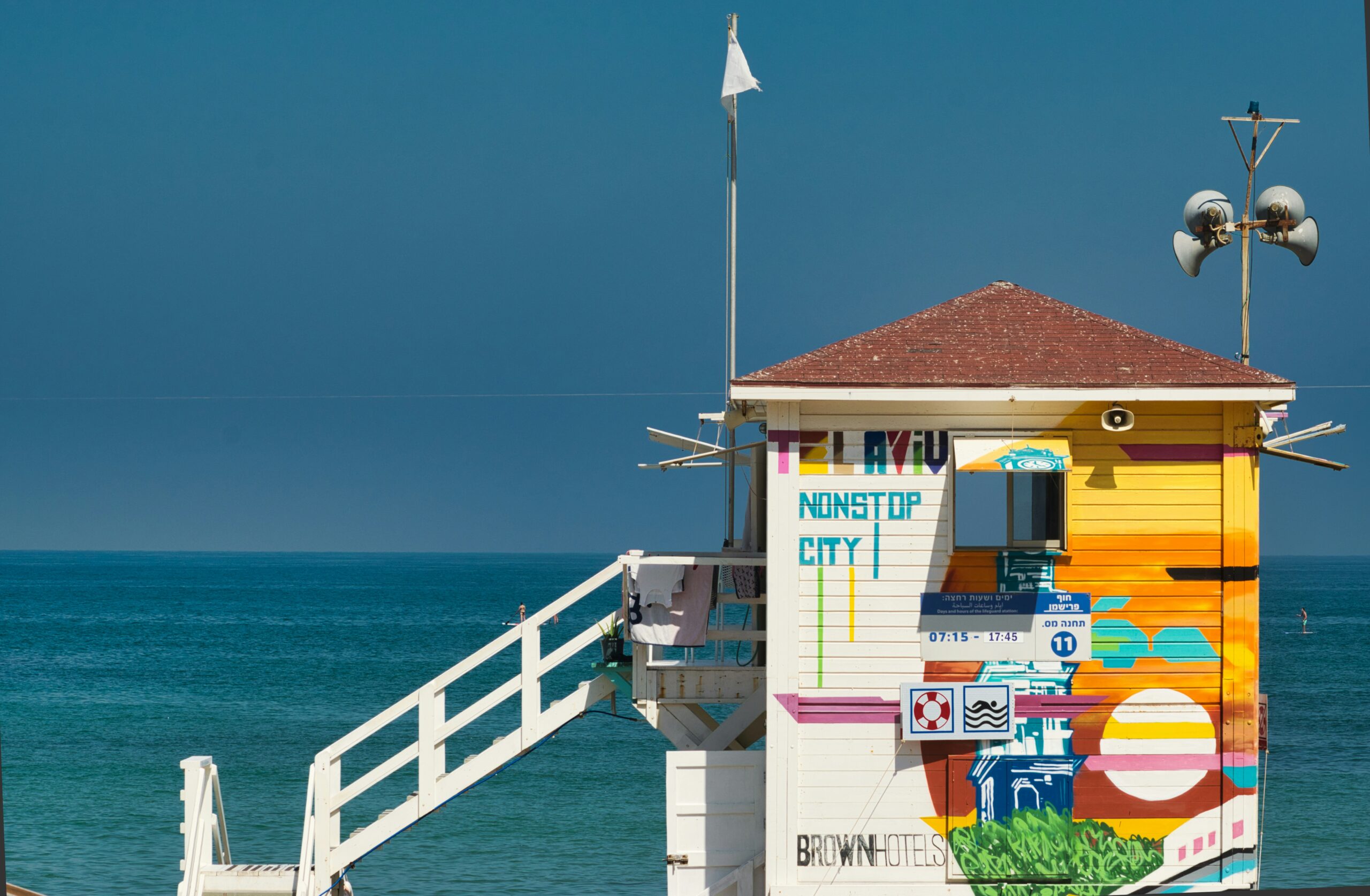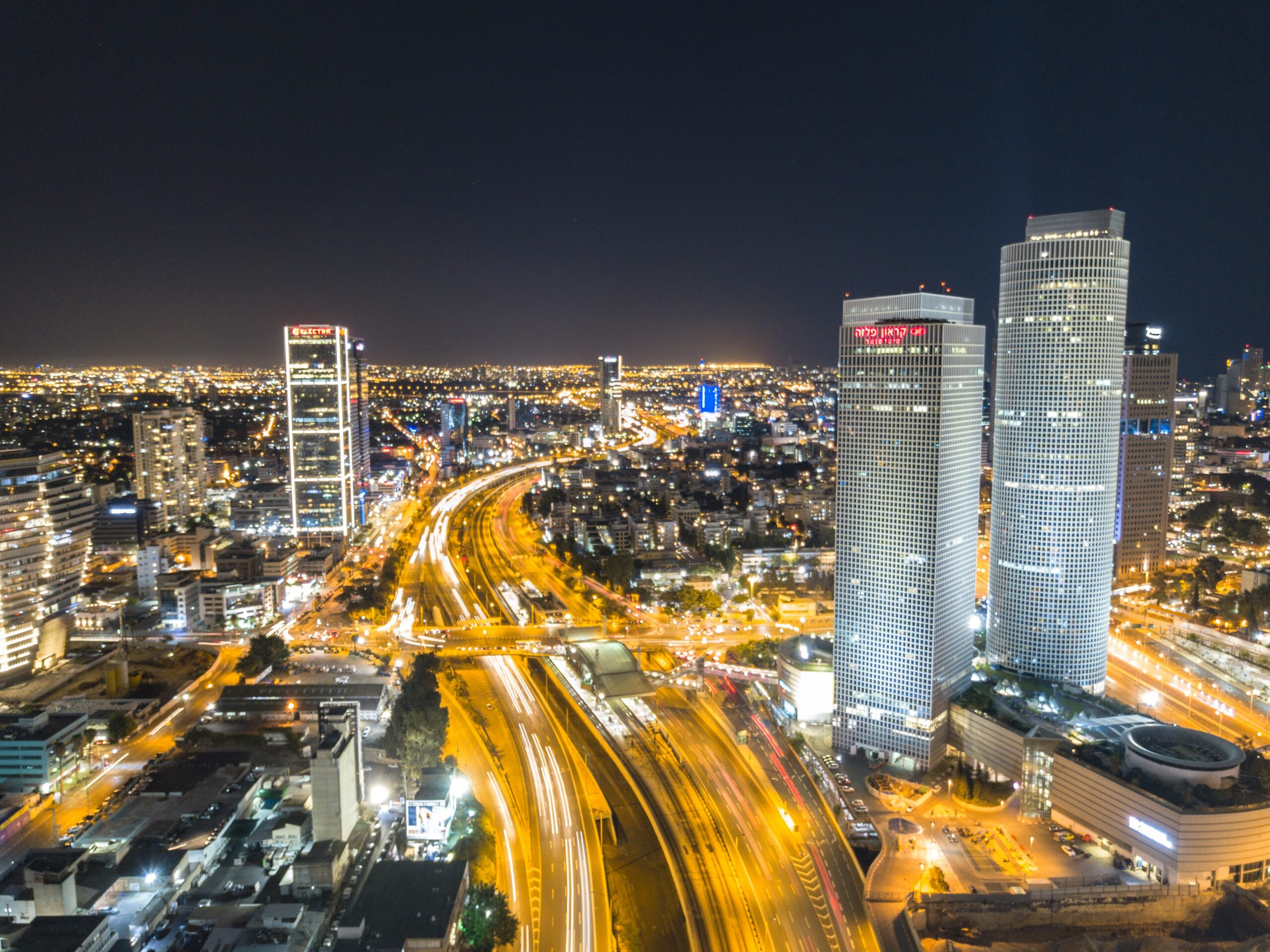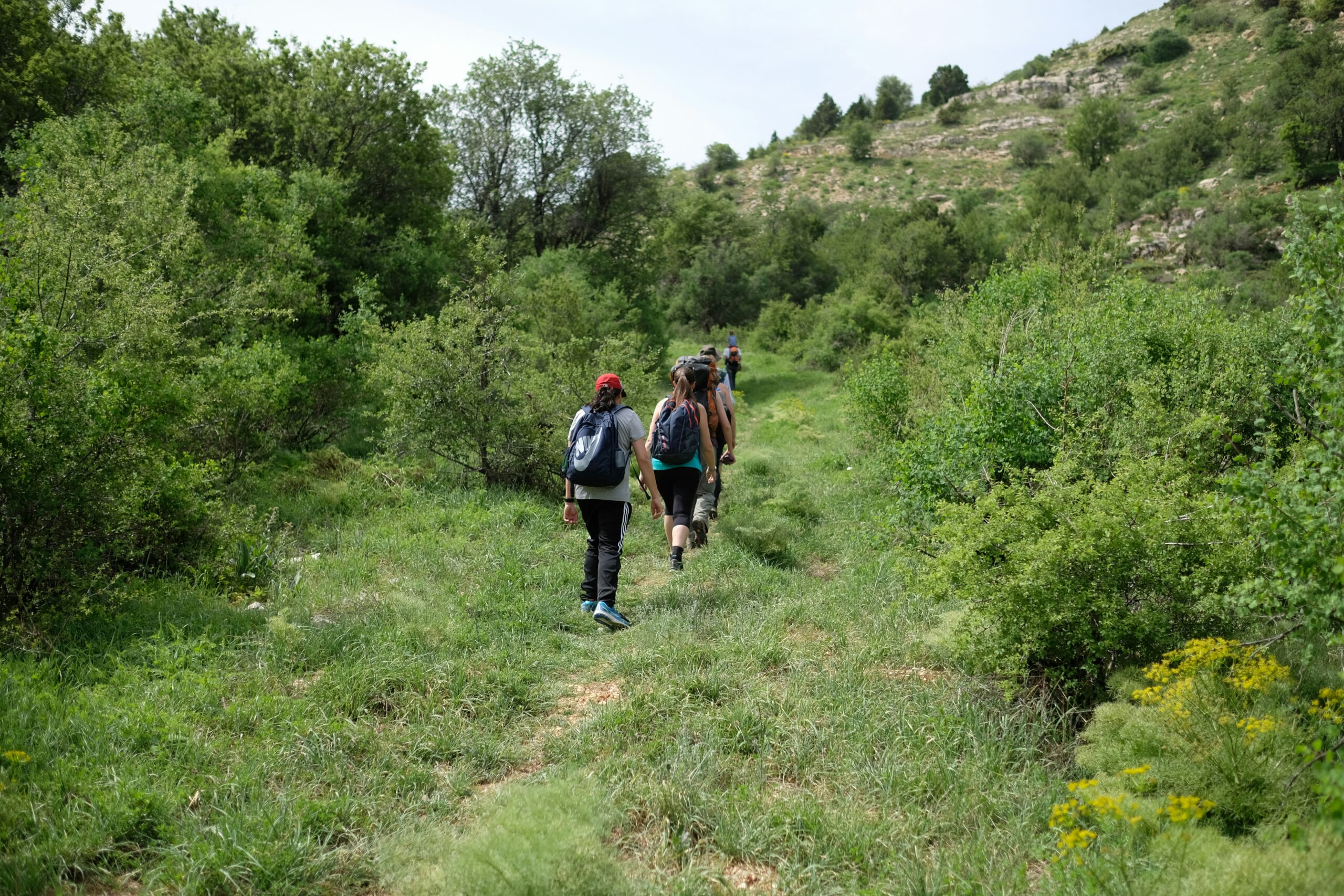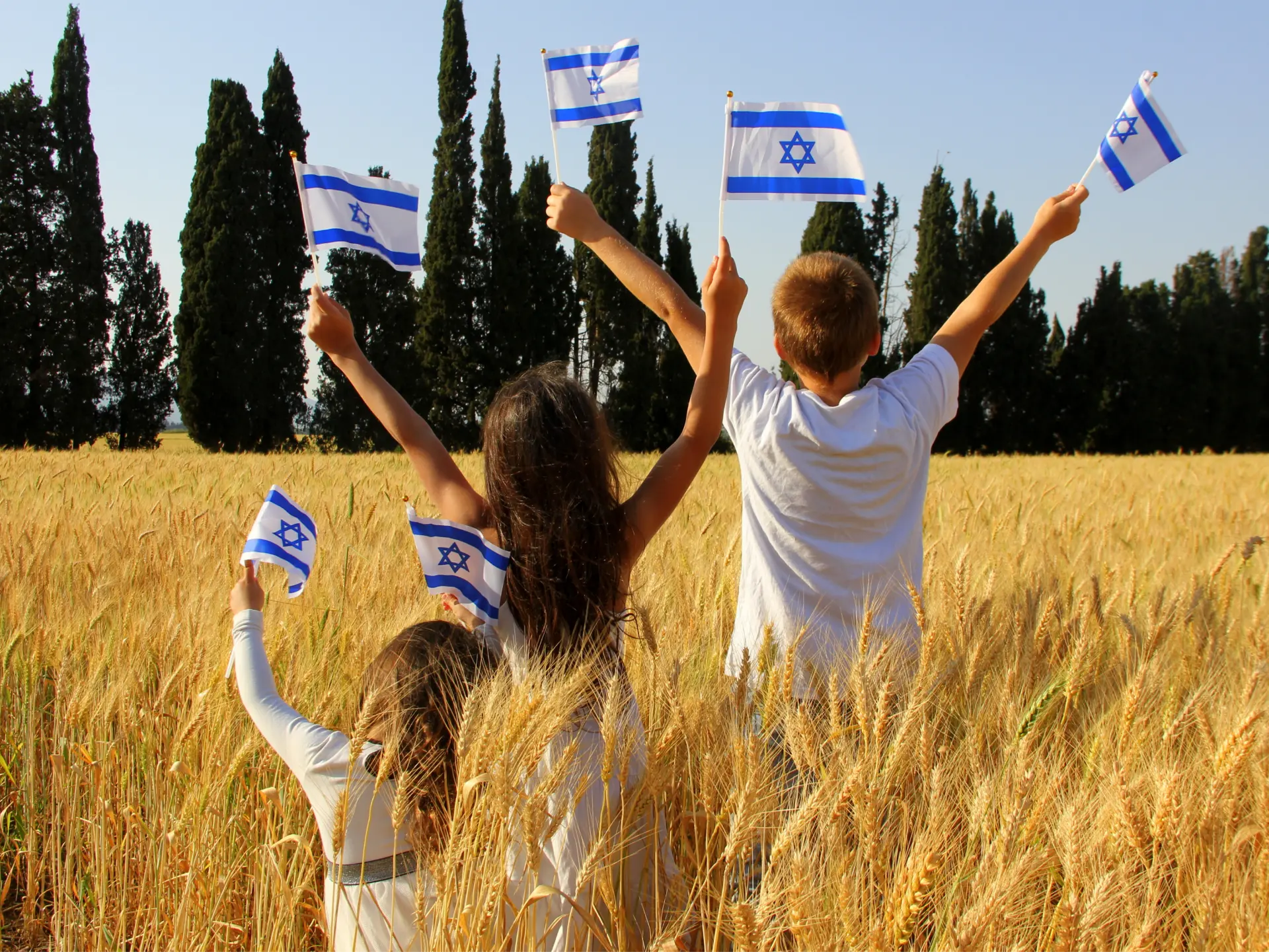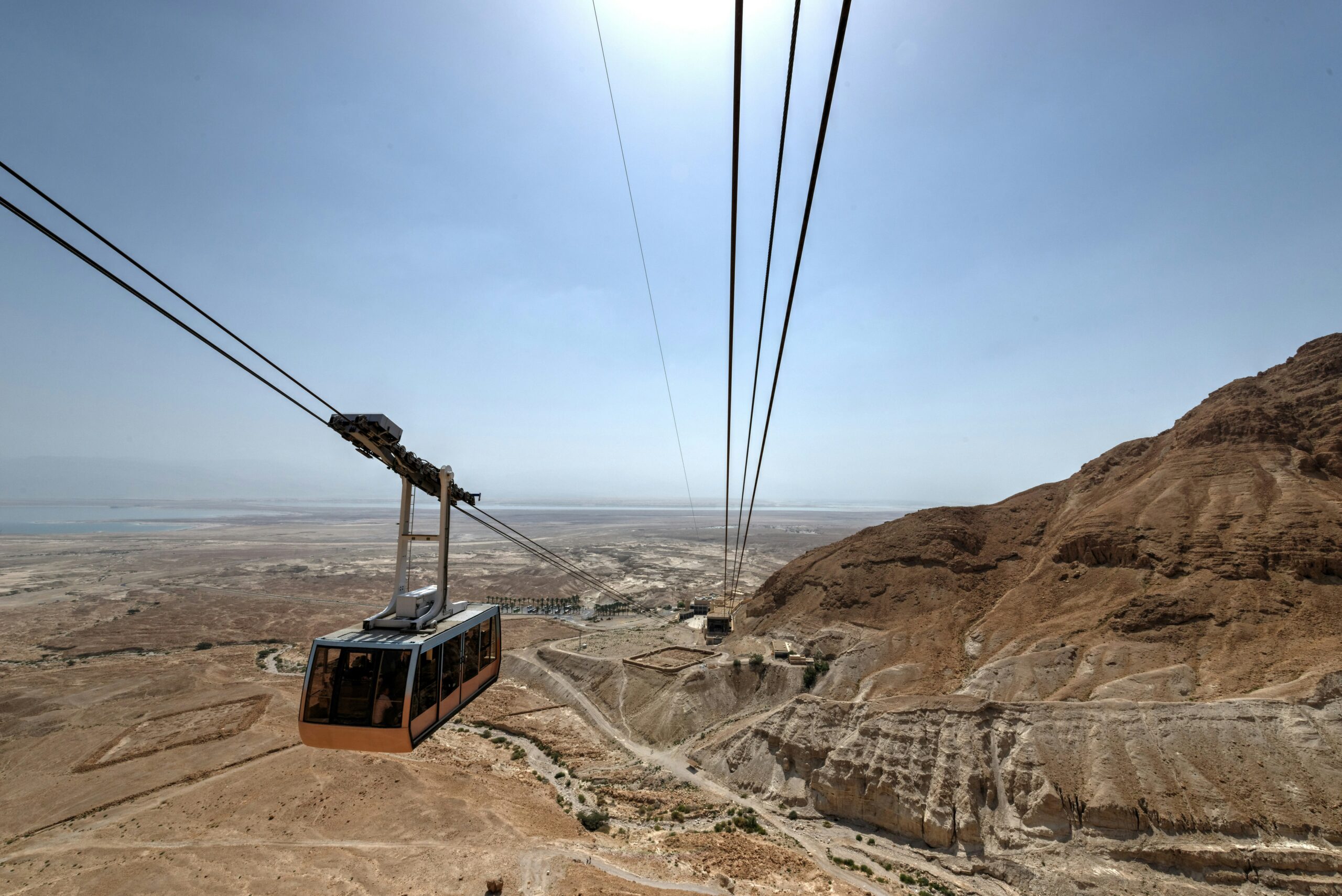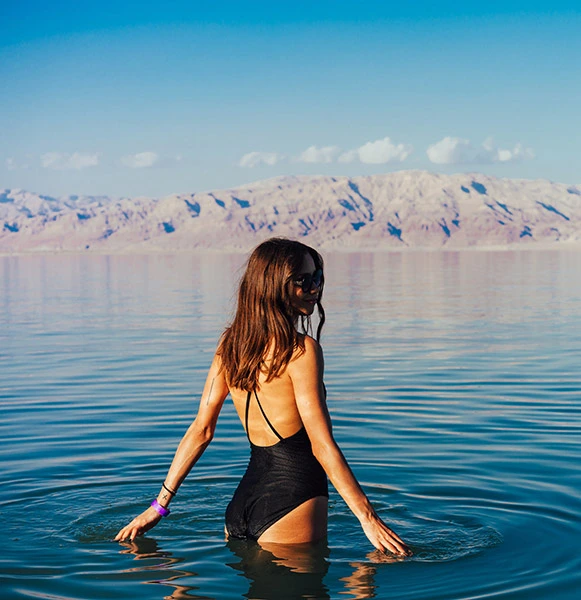Day 1: Welcome to Israel
Arrive at Ben Gurion Airport. Meet and greet by the Holiday Travel representative and transfer to your hotel. Overnight in Tel Aviv.
Day 2: Jaffa – Tel Aviv
We will start in Jaffa, one of the oldest port cities in the world. We will visit the new museum in the old part, where a multimedia presentation brings to life the past of the city. Then continue to Neve Tzedek, the first Jewish neighborhood built outside Tel Aviv. When the city began to develop away from the Jaffa core, the area degenerated into disrepair and urban decay. Nowadays, it is one of the city’s trendiest areas, bustling with coffee shops, restaurants, boutiques, and artists’ galleries.
We then drive by Rothschild Boulevard and learn about the Bauhaus architectural movement. Dating from the beginning of the 20th century, it was a German school that combined crafts and the fine arts and was famous for its approach to design. This area of the city is called the “White City of Tel Aviv” and has many examples of Bauhaus Architecture and is a UNESCO World Heritage Site.
Departing Tel Aviv, drive along the Sharon Plains to Haifa, probably the most industrialized area in Israel. Haifa is famous for housing the Shrine of the Baháʼí Faith, a monotheistic religion founded in 19th-century Persia. From here, enjoy an amazing panoramic view of Haifa Bay and admire the beautiful gardens.
Haifa is also the city with the largest population mix of Jews and Arabs. We will visit “Beit Hagefen” Jewish-Arab Cultural Center, a non-profit organization that strives for the creation of common and equal spaces that encompass the variety of identities and cultures in Haifa and Israel. Here, we will learn about the situation of the Arab population in Israel and life in a Jewish state.
Continue to the Sea of Galilee area for dinner and overnight. Overnight in Galilee.
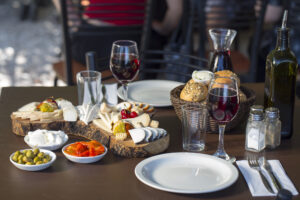
Day 3: Around the Lake
Today, we will explore some of the most important Christian sites around the Sea of Galilee. Start at Capernaum, where we see the remains of the synagogue where Jesus probably preached, and the Mount of Beatitudes, where Jesus pronounced his most famous sermon, the Sermon on the Mount.
We then ascend to the Golan Heights, to the lookout point at Mount Bental. We will learn about the strategic situation and the Six-Day War, when Israel annexed the area from Syria, and the general situation of Israel with its neighbors. The Golan Heights are also home to a large Druze population. The Druze religion has its roots in Ismailism, blending Islamic monotheism with Greek philosophy and Hindu influences. We will visit one of their villages and learn about their daily life under Israeli rule and their contact with their relatives on the other side of the border. Overnight in Galilee.
Day 4: From Galilee to Negev
Depart Tiberias and drive to Zippori National Park. The city dates from Roman times, but the remains we see today are from the beautiful restoration by Herod Antipas. Rabbi Judah Hanassi moved the Sanhedrin from Bet She’arim to Zippori, where he redacted the Mishnah in 220 CE. The Mishnah is the first major compilation of Jewish oral traditions.
We will then visit a Kibbutz. A “Kibbutz” is a unique Israeli communal settlement. The first was founded in 1909 on the Sea of Galilee by young Jewish pioneers, mainly from Eastern Europe. Initially, most Kibbutzim relied on agriculture but later developed varied and successful industries. An example is Kibbutz Hatzerim with its world-awarded irrigation system.
We continue south and drive towards Beer Sheva, the capital of the Negev, and proceed to our Bedouin Camp. The Bedouin are an Arab ethnic group. In Israel, there are many settlements and cities in the south, and they are enrolled in the army. We start our exploration with the traditional coffee-making ceremony and hear the story of this desert people. End the day with a Bedouin “Hafla,” the traditional dinner feast. Overnight in the Negev.
Day 5: Negev
After breakfast, we drive to Kibbutz Sde Boker. Here, David Ben Gurion, Israel’s first prime minister, spent his last years. Ben Gurion loved the Negev, and after his political career, he settled here and fought for the blossoming of the desert. Overnight in the Negev.
Day 6: Dead Sea
Today, we will visit the fortress of Masada. Built on an unassailable plateau by King Herod the Great, the site is a symbol for the Jewish people. Overnight at the Dead Sea.
Day 7: Old Jerusalem
After breakfast, enjoy a panoramic view from the Mount of Olives, and continue to the City of David, the original Jerusalem. Overnight in Jerusalem.
Day 8: New Jerusalem
Today, we visit the Yad Vashem Memorial, honoring the victims of the Holocaust. Overnight in Jerusalem.
Day 9: Departure
Transfer to Ben Gurion Airport for departure.


